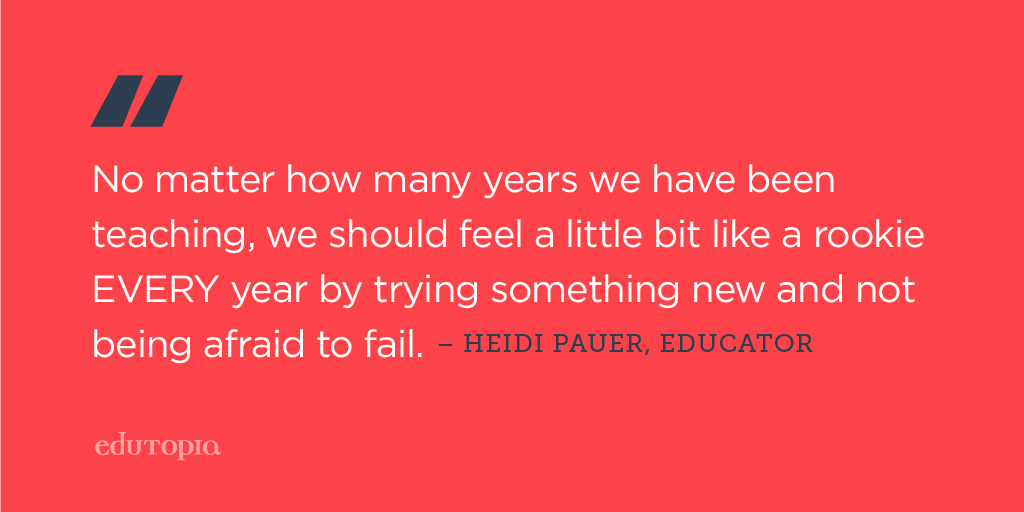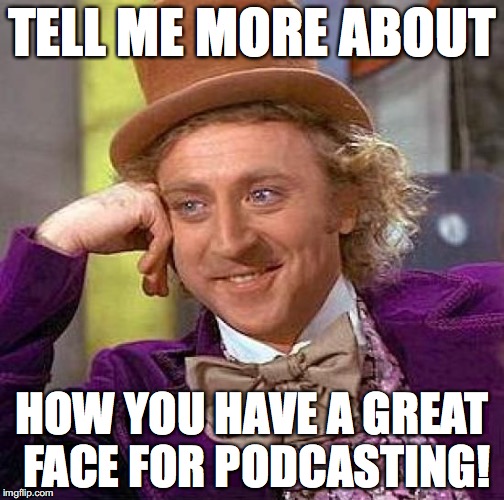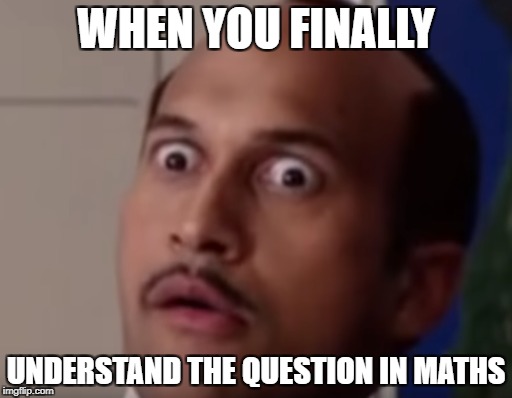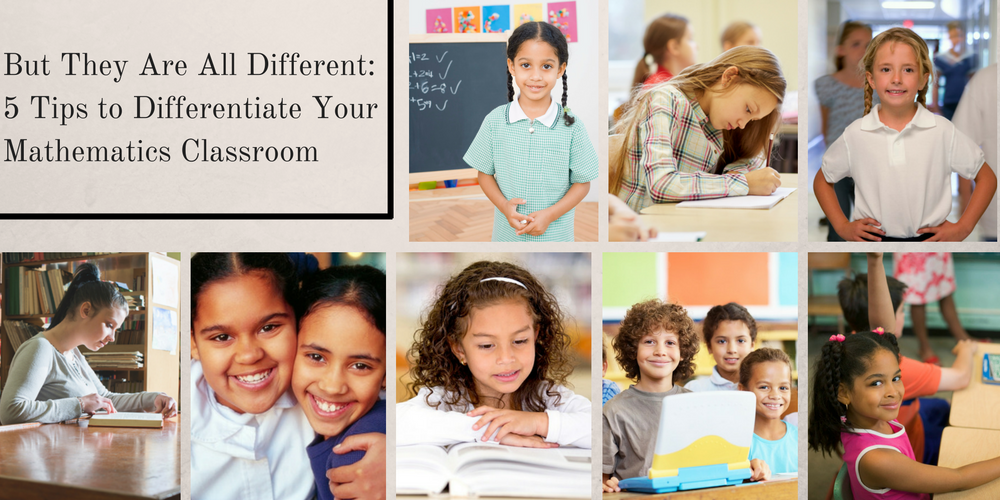Before we begin to discuss the STEM curriculum, it is first crucial to discuss the Sputnik era in American history. For without this era in history, the United States may have been drastically different than it is today. Under presidential leadership from Eisenhower and Kennedy, Americans were faced with a challenge to become dominant in science, technology, engineering, and math. The launch of a Russian satellite into space, Sputnik, created an even more competitive America than ever before and thus sparked a sudden interest in STEM, in 1957.
Less than 50 years later, education councils such as the National Science Education Standards and the National Council of Teachers of Mathematics, helped the teachers of America with equipping them and their classrooms with standards and guidelines that shaped their curriculum to better prepare K-12 students in STEM.
The official term, STEM, was first introduced in 2001 by American biologist Judith Ramaley at the United States National Science Foundation (NSF).
STEM is important because, whether you like it or not, it is incorporated into every part of our lives. By exposing students to STEM, especially at a young age, and giving them opportunities to explore STEM-related concepts in the curriculum, they will develop a passion for it and hopefully pursue a job in a STEM field. A curriculum that is STEM-based has real-life situations to help the student learn. STEM activities provide hands-on and minds-on lessons for the student. Making math and science both fun and interesting helps the student to do much more than just learn
This curriculum model can begin to be seen in schools as early as Pre-K and as late as 12th grade. Though there are no constraints to when a student can start learning basic concepts of STEM, the real, genuine learning of STEM comes when a student is directly involved in a school that is STEM-based. One such school that is STEM certified is Whitlow Elementary School, located in Forsyth County, GA. Each grade level, at Whitlow, studies different topics and/or concepts related to the STEM curriculum. Students look to analyze real-world problems through community-based projects that are directly tied to their grade-level standards. Students engage in experiences to discover global issues and work on ways to make improvements in hands-on projects. Below is a screenshot of an example of what Whitlow Elementary school gives to their students in each grade level. Whitlow's slogan regarding their STEM approach is Challenge, Inspire, and Act! 
In my opinion, this curriculum model is geared more towards independent thinkers that like to perform tasks, find solutions, discover new realities on their own terms. Though this curriculum can be, at times, very collaborative, each student involved in the curriculum has to be able to perform as a sole unit.
After further analysis of this model, the positive aspects of STEM schools are vast. Research has shown that people in the STEMfield earn more money than people without a STEM background. Projected job growth is significantly higher in STEM jobs than in non-STEM jobs. Educationally, students in this curriculum receive real hands-on learning through experiments, community projects, etc. that allow for tangible learning at their fingertips, something one cannot learn simply from a PowerPoint.
Though this model holds true to many students and has shown great success thus far, this model could be harmful to students that are not interested in subjects such as math and science. What about the students that find a love for language arts or social studies? Or what about students that want to pursue art, culinary, photography, etc.? Those students would never want to pursue the STEM curriculum because it does not spike their interest.






